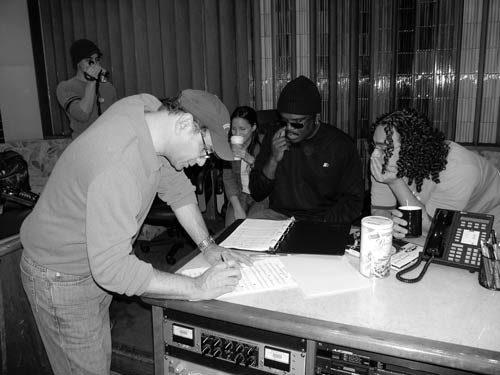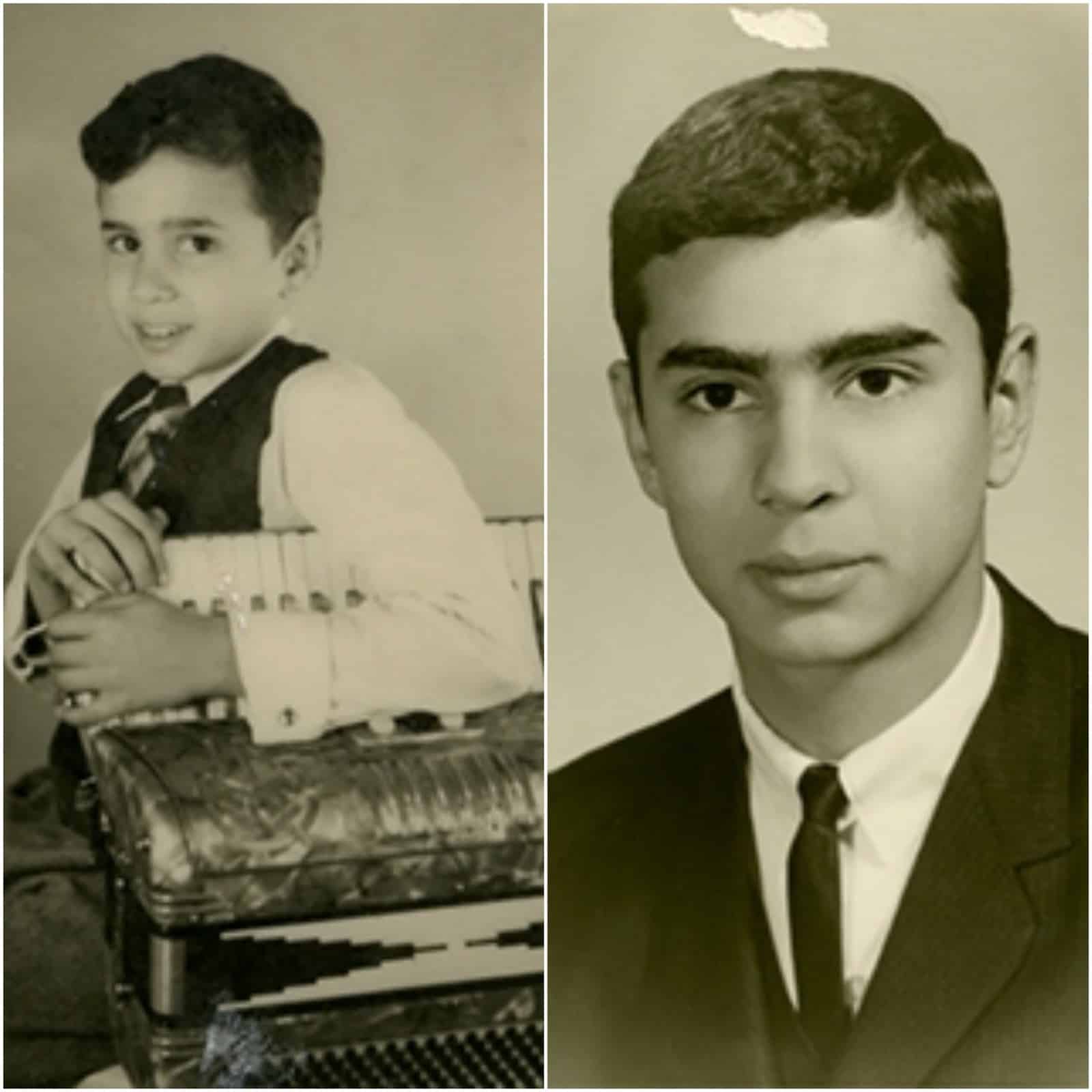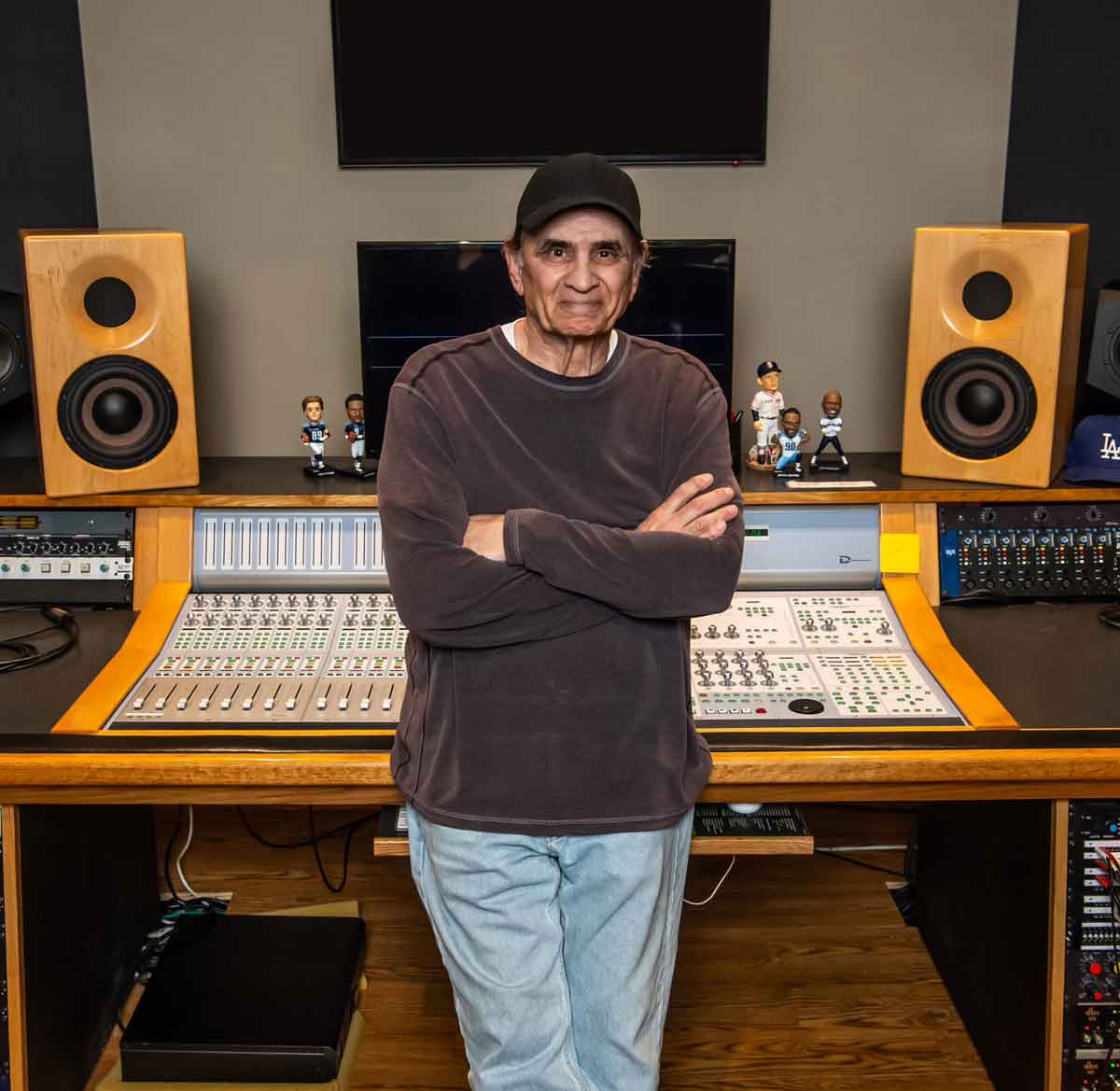Your career took off in the early 70’s. What do you think is the biggest change that’s occurred in the studio regarding technology?
We recently had a great time hanging out at Sweetwater. It was amazing to be honest with you, but my memory of going into the studio with Steely Dan – those guys – we always used pristine technology. The best you could get. They were always experimenting with what was available – whether it was woofers or tweeters and the clarity in those sessions was great. The music was clean, not sloppy, but it was a real good test lab for speaker technology. We would always get the very best.
Since then, what’s available is amazing. While we were there (at Sweetwater), and it was a really big room, I was sitting probably 20 feet from the back of the center. Tom Hemby and I were sitting on either side and would move around as we were listening to these new Danley monitors. I was so impressed on how those speakers fill the room. In my own studio they really fill the room.
The bass response has always been the thing for me. I’ve been running another system in my studio with a sub. The Danley’s without a sub – the bottom end response was different. I know there is a lot of bass roar in my system to compensate for what’s going on in the room. I’ve already had a few projects in other rooms with Danley’s and I’m impressed with how well the bass represents itself. Others have great tweeters or high-mids – but the clarity and bass response you get from Danley is great. A bass player would love listening to their stuff on this system.
What do you think is the future of studio recording?
From the genesis of where things started, you had no choice but to work in a commercial studio. Now, it’s a home studio and for some, it’s a computer and some sounds to work. Next, it’ll be using AI. More and more people are entering this vocation so it’s harder to work through the bad to find something good. The creative people that work with all of the tools – that’s everything – have a lot to sort through. If you require better fidelity, you’ll set up a studio that meets those needs. It’s really up to you to know what you think is great.
When I was with Warner Brothers – we would have a yearly conference for all the employees. It was this big deal in Burbank, California. At that time, in the late 70’s, the total number of album releases in a year worldwide was around 1,200. That’s full albums. Today, there are somewhere between 30,000 – 40,000 singles released daily. It’s a lot more work to weed through to find the good stuff and it’ll get harder.
With music and the industry, few make it and most won’t. The people buying the music will determine that. If the people that are making music don’t care about all of the aspects of music – the people buying it won’t care either. We need more people that want to keep great music in the pipeline. I believe there are some really good bands out there. But, if you go to Barnes and Noble and pick up magazines you’ll see 20-25 magazines about music and 5-6 of them dedicated to one artist or another. That’s it? That’s the best we can offer. The industry can do better than this. I really hope that we can set a standard of quality and fidelity that will continue so we have good things to listen to, great speakers to listen to them on, before the formula is sort of set with AI or otherwise. That’s going to be the challenge.
Michael Omartian was also recently featured in an interview with Rick Beato. You can watch the full interview with Rick Beato below to learn more.



